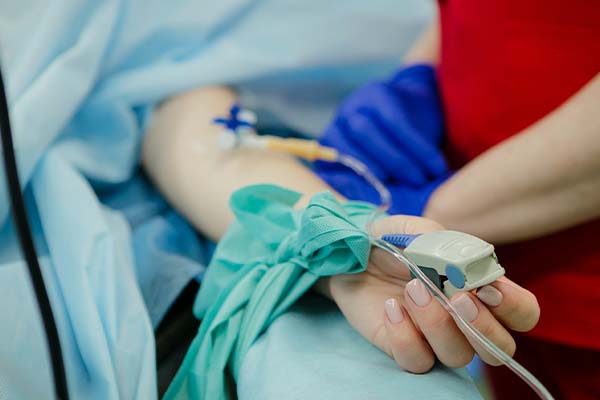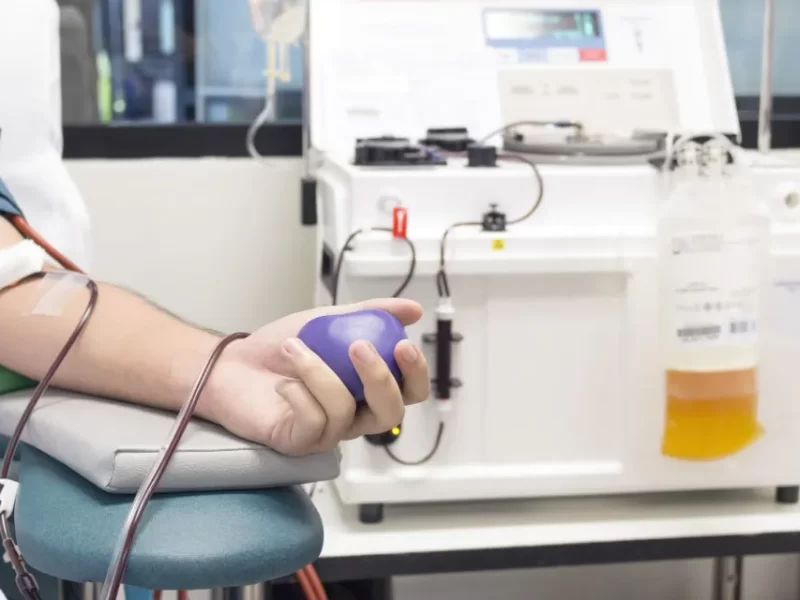Strokes happen when a clot or burst artery prevents blood from getting to the brain. When Genius cells no longer get hold of sufficient blood, they can be broken or dead.
Different components of the talent manipulate exceptional bodily functions, so a stroke can affect nearly any phase of the body.
What Does A Stroke Feel Like
The list below includes classic signs of stroke. It’s common to only experience some of the symptoms.
For illustration, a person experiencing numbness and difficulty balancing due to a stroke may not also have cognitive problems. This may put them off from going to the hospital. Still, they should seek medical aid as soon as possible if someone experiences any of the following symptoms.
- Problems Talking Or Understanding Others
- Numbness Or Drooping On One Side Of The Face
- Numbness Or Weakness On One Side Of The Body
- Trouble Walking Or Balancing
- Vision Problems
- A sharp Or Severe Headache
- Dizziness
- Trouble Swallowing
What To Do
The Act FAST campaign Trusted Source aims to educate people so that they can recognize a stroke as soon as possible. This is because the longer a stroke is untreated, the more damage it can do. FAST is an acronym that stands for:
- Facial drooping
- Arm weakness
- Speech difficulties
- Time to call emergency services
If a person can’t lift both arms, smile with both sides of the mouth, or say a full sentence, it is vital to are searching for emergency care. Any of these symptoms can sign a stroke.
Risk Factors Of Stroke
High Blood Pressure And Stroke
High blood pressure( hypertension) is the most significant threat factor for stroke. Blood pressure refers to the pressure inside the arteries. Normal blood pressure is around120/80, while high-normal blood pressure is120/80 to140/90. High blood pressure is when your blood pressure is constantly over140/90. This is called ‘ hypertension ’.
Hypertension means that the blood is exerting more pressure than is normal or healthy. Over time, this weakens and damages blood vessel walls, which can lead to stroke, particularly cerebral hemorrhage.

Atherosclerosis And Stroke
Atherosclerosis is a seditious complaint of the walls of the highways and is a major cause of stroke. The term ‘ atherosclerosis ’ literally translates as the hardening of the highways. Healthy highways are flexible and smooth-walled, allowing disencumbered blood inflow. highways affected by atherosclerosis come stiff, inflexible, and narrowed by deposits of cholesterol-laden ‘shrines’.
This plaque destabilizes the filling of the artery and can lead to the conformation of blood clots within the vessel( atherothrombosis). These clots can also moreover block the roadway or break off and flow downstream in the blood, lodging in a lower vessel( embolism).
Carotid Artery Stenosis
Hardening of the arteries in the neck( carotid highways) can be a high threat for stroke because these arteries are responsible for delivering blood to the brain. Atherosclerosis of the carotid arteries causes narrowing. This is called carotid roadway stenosis or carotid stenosis.
Utmost people with carotid stenosis aren’t aware of the condition until they have a flash ischaemic attack( TIA) or stroke. A TIA is a powerful warning that a full stroke is pending, conceivably within hours, days, weeks, or months. piecemeal from specifics to control atherosclerosis, treatment may include surgery to open the carotid highways.
Smoking And Stroke
Smoking can double or indeed quadruple your threat of stroke. Some of the chemicals in cigarette banks ( similar to nicotine and carbon monoxide) accelerate the process of atherosclerosis( narrowing of highways). Clots are more likely to form because smoking thickens the blood and makes clotting factors, similar to platelets, much more ‘ sticky ’. Cigarette smoke forces highways to constrict( get narrower), which makes it harder for the thickened blood to move through the vessels.
Diabetes And Stroke
Diabetes is a chronic condition in which the body is unable to utilize blood sugar. A person with diabetes is around doubly as likely to have a stroke as someone of the same gender and age, who doesn’t have diabetes. This is because high blood sugar situations contribute to the development of atherosclerosis( narrowing of highways). It’s veritably important that diabetes be kept under control.
Cholesterol Levels And Stroke
Cholesterol is a fat- suchlike substance that’s made by the mortal body. It has numerous essential places to play, but it becomes a problem if situations in the blood are too high. Blood cholesterol contributes to the formation of a substance called atheroma, which sticks to roadway walls and leads to atherosclerosis( narrowing and hardening of the highways).
Alcohol And Stroke
Some studies have indicated that drinking moderate quantities of alcohol( similar to one or two standard drinks per day) can actually reduce the threat of stroke. still, people who drink heavily are three times more likely to have a stroke( particularly hemorrhagic stroke), anyhow of their age. It’s important to limit your alcohol input.
Diet And Stroke
Various studies show that diet is an important threat factor in the development of stroke. Suggestions include:
- Limit or moderate swab input.
- Choose fresh rather than reused foods.
- Increase your input of vegetables, fruit, and whole grains.
- Cut out or reduce sticky and adipose foods like galettes, lollies, and junk food.
- See a dietitian who can help you plan a well-balanced diet.
Being fat or obese can increase the threat of stroke. Too much body fat can contribute to high blood pressure and high cholesterol, and may lead to heart disease and type 2diabetes. However, ask a doctor or dietitian for help, If you’re unfit to maintain your weight within recommended situations.
Exercise And Stroke
A sedentary lifestyle( lots of sitting) increases the liability of rotundity, high blood pressure, and high blood cholesterol situations. These are each important threat factor for stroke. Suggestions include:
- See your doctor for a check-up if you haven’t exercised for a while.
- Choose a range of conditioning you enjoy.
- Start your new exercise program sluggishly and only increase the intensity and duration as you become fitter.
- Exercise with a friend or join a team to add a fun social element.
- Remember to warm up and cool down.
- Communicate with a physiotherapist or fitness instructor for advice and information regarding applicable exercise.
- Try to get moderate exercise for at least 30 minutes on( at least) five days of the week.



